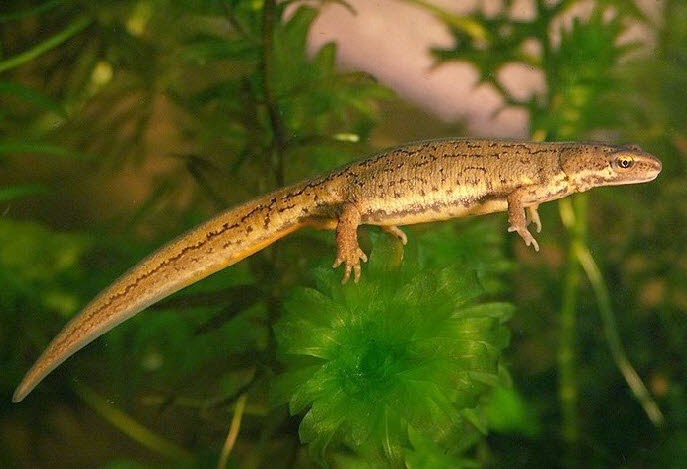Newsletter from the Milford on Sea Conservation Volunteers
Now in November 2014 the Government (DEFRA) has published a helpful National Pollinator Strategy which reinforces many of the things the Parish has been doing, in our gardens, the Village School, and also in our fields, commons and woods.
In spite of the lessons we have learnt in our gardens, there are misconceptions about wildlife gardens which are still often heard, so here are five as a reminder.
Bees and other insects will be attracted to plants rich in pollen and nectar even if you just have a patio measuring six square feet with a few proud pots. A pond of similar size will draw newts and dragonflies to lay their eggs. You can of course grow plants up a pergola or wall: honey-suckle and ivy are great for hiding a nest box and for insect food, including for moths, especially in autumn.
2. Wildlife friendly gardening requires a wilderness garden, which will be unpopular with your neighbours.
A neat hedge or a few clipped shrubs are as likely to shelter the nest of a wren or hedgehog as a wee rough thicket or bramble patch. A small area of grass left to grow long for ladybirds or bumblebees to breed can look stylish just by mowing a windy path through the middle or round the edges, saving you work. A compost heap for toads or slow-worms can be concealed under a garden seat or inside an imitation bee-hive.
3. You need to concentrate on wild flowers, which are short-lived in bloom.
This fallacy defies nature! Plants attract pollinators for their own interest and have evolved accordingly. The longer the plant is in flower the more beasties will come to it. Some of the best insect friendly plants, not thought of as ‘wild’ and which are found for sale alongside nurserymen’s specialities, are actually wild flowers in origin. Think of pulmonaria in spring and marjoram and viper’s bugloss in late summer, times when insects are hungriest due to their life cycles (these plants are all self-propogating). But of course some cultivated garden centre plants are also great for insects and birds.
4. You will get bitten and maybe stung.
If you are lucky you may get a wild bee swarm – perhaps residing for a month or so behind your air bricks and then harmlessly moving on. Wasps (there are many species) are mostly carnivores so you are more likely to get them indoors than on your delphiniums. Bumblebees very rarely sting (although it will help them if you cordon off a nest if you notice it). Grass snakes and slow worms (no poison) are a great treat to see when they pay you a visit.
It is true that even an apparently docile moggie is likely to kill slow-worms, dragonflies, frogs, and of course birds (the latter especially at dawn and dusk). A quick-release bell and keeping cats in overnight if possible are good partial solutions.
Go wild for conservation and get wildlife into your garden!
To help you, there’s lots on the Hants Wildlife Trust website www.hiwwt.org.uk.
If you want a copy of the Milford Wildlife Garden leaflet contact giles-darvill@foxhat.freeserve.co.uk (01590 642558). There’s a short animation on www.beesneeds.org.uk.




No comments:
Post a Comment
Please Note: Your comment will be approved by the administrator before publication. This could take 24 to 48 hours. Thank you.